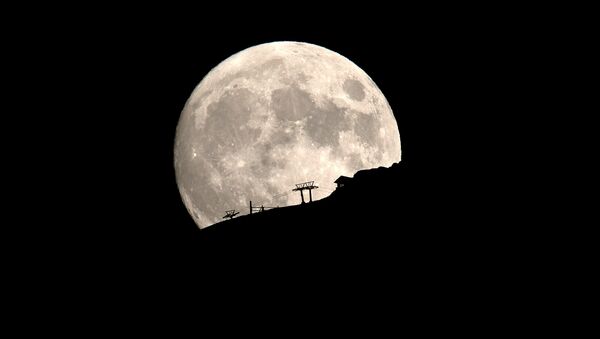The US space agency recently published fascinating photos made by the Fermi telescope that has been examining the moon, particularly, bursts of particles caused by the impact of gamma rays.
With @NASAFermi’s eyes on the gamma ray Moon, @NASA can prepare astronauts against high-energy radiation when they send humans back to the Moon by 2024. Learn more here: https://t.co/7T9ceSadU1 pic.twitter.com/5a7oiDLY71
— NASA Blueshift (@NASAblueshift) August 16, 2019
According to NASA, gamma-ray observations are not sensitive enough to clearly see the shape of our neighbor's disk or any surface features. Fermi’s Large Area Telescope (LAT) detects a prominent glow centered on the Moon’s position in the sky, the agency said.
NASA announced plans to send humans back to the moon by 2024 through the Artemis program, with the eventual goal of sending astronauts to Mars.
The gamma-ray observations are a reminder that humans on the moon will require protection from the same cosmic rays that produce high-energy gamma radiation, the agency said. While the moon's cosmic ray glow is surprising, the sun does shine brighter in gamma rays - with energies higher than one billion electron volts, according to NASA.



